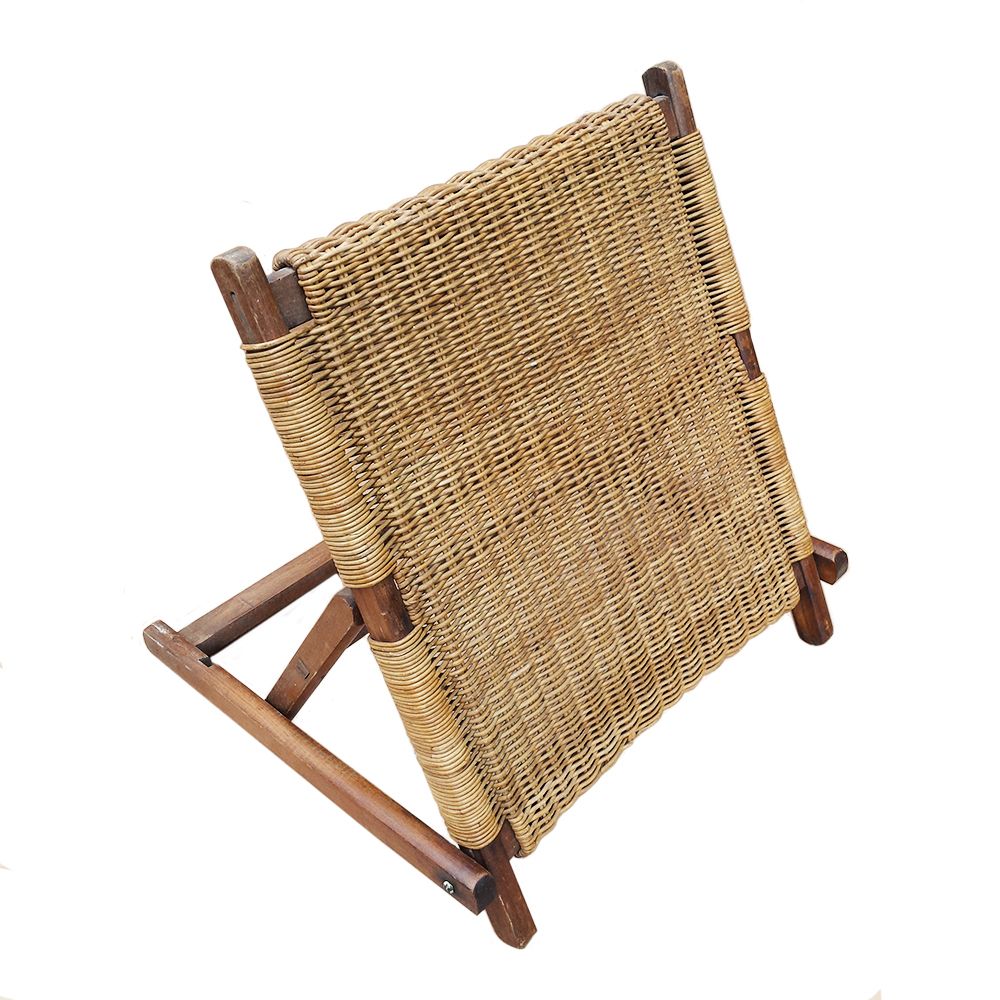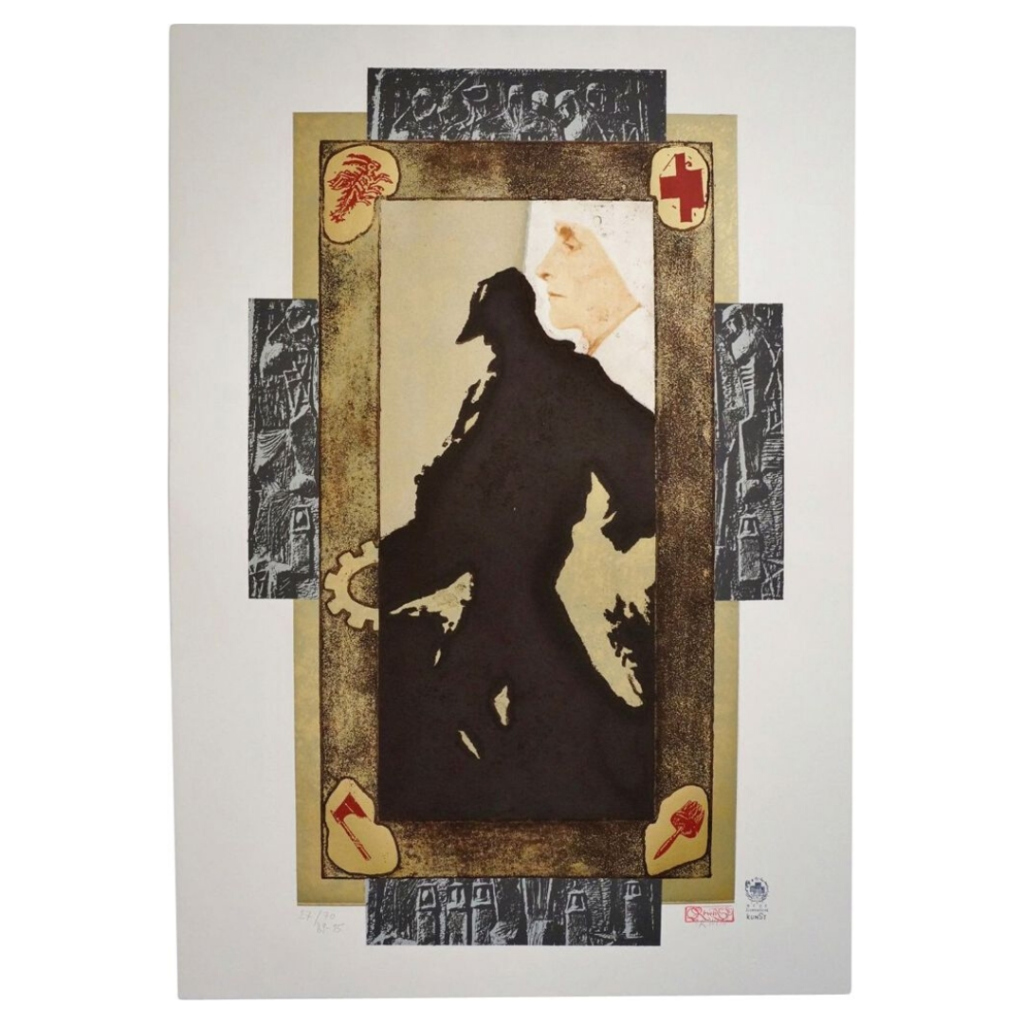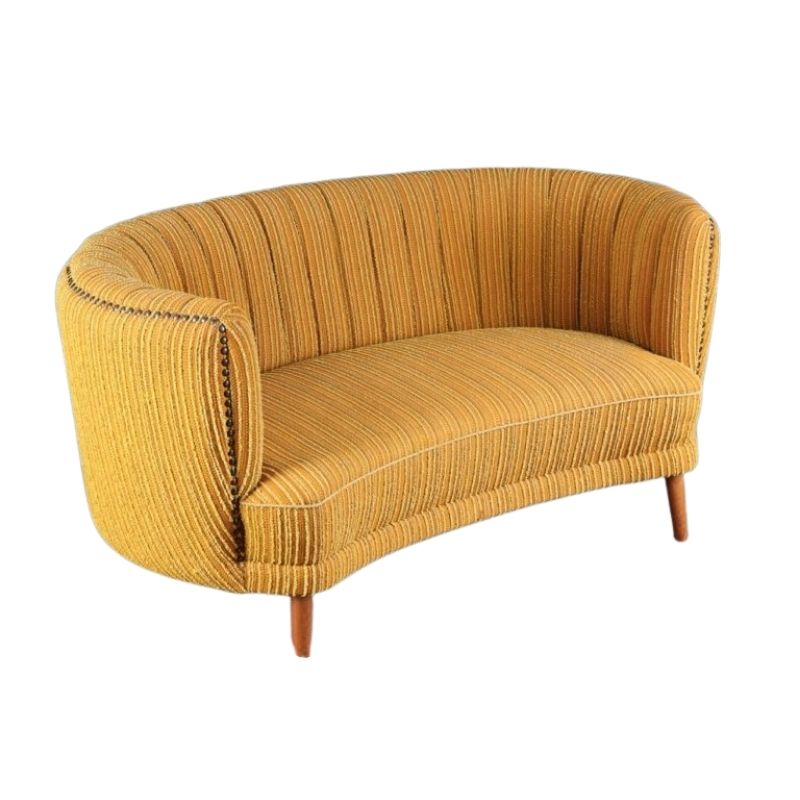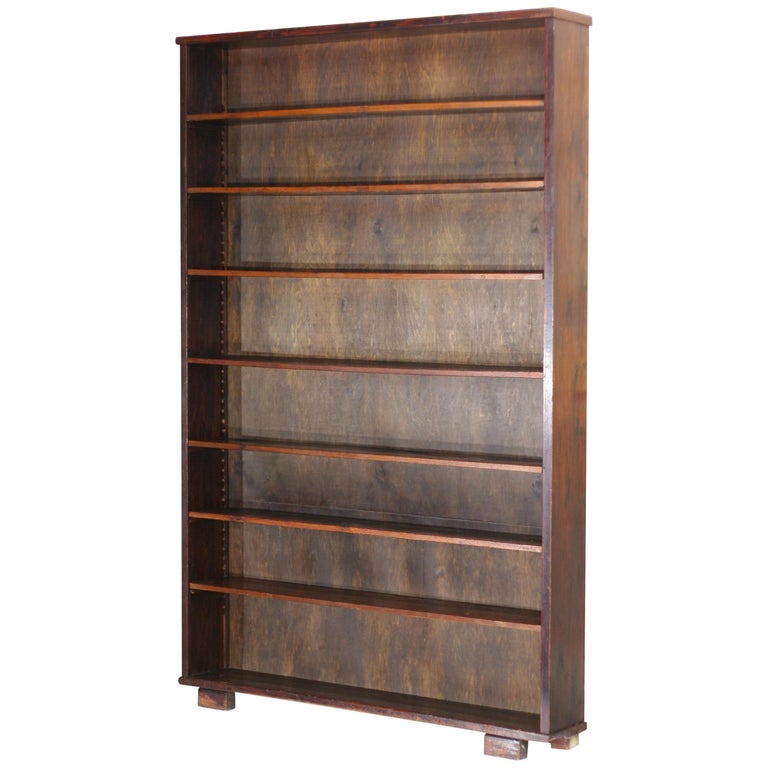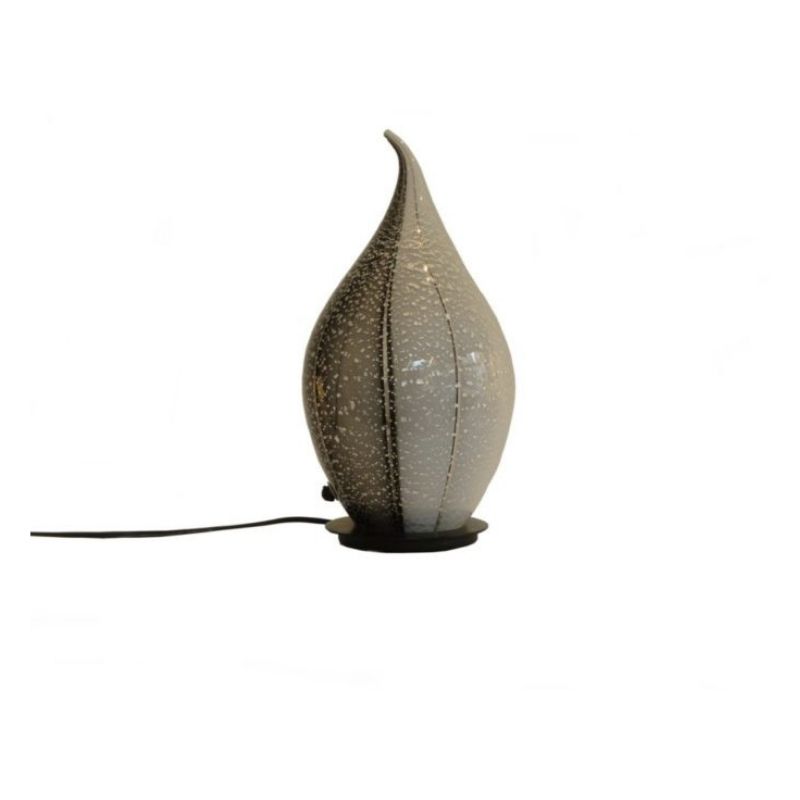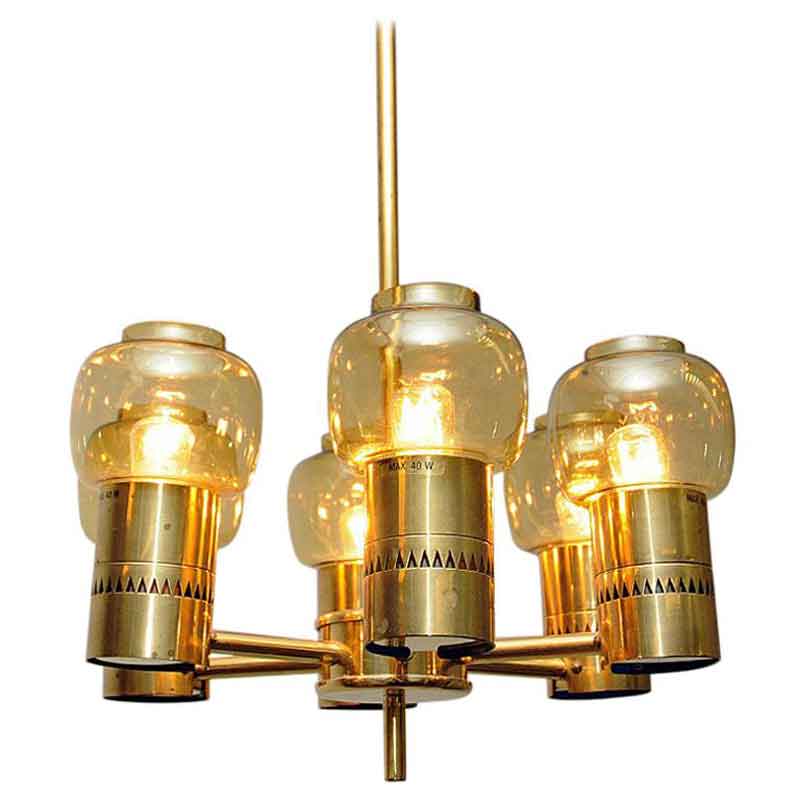Hi all,
I just bought this small side table from France & Son (marked with a black FF metal cap and FD on the wood).
I have seen this table attributed everywhere to Peter Hvidt (1st dibs, ebay,...) but I cannot find any reliable documentation to confirm the attribution. I know that France & Son also had in-house designs...
It is not listed in the furniture index...
Does anyone have any documentation that could confirm the attribution of this table to Hvidt?
Many thanks for your help.

I know that the France and Søn catalog does NOT credit it to a designer. This of course does not mean that there was no designer responsible for the table. And it also places it within the category of in-house designs. What this does mean most concretely, is that the producer, France and Søn owned the copyright to the table. Therefore the company can be said to be the designer.
Let's take an example like the Jupiter chair. It was an uncredited design in their catalog. This means we know that it was an in-house design. France and Søn owned the copyright. We also know that Finn Juhl drafted the chair. Now who designed it? France and Søn could say that Charles France designed it or that it is an in-house design or that Finn Juhl designed it or not say anything about who designed it. I have evidence that France and Søn, in their catalogs, simply declined to say anything about who designed it.
Other pieces by other companies might show any of the other design credits possible, and in fact these design credits tend to change over time. The drafter of the design tends to get credit early on, and a company owner tends to take credit later.
I'm a novice at furniture design but I've spent the last three decades studying antique to vintage jewelry design. So often vintage jewelry is incorrectly attributed to in-house designers due to patents listing the company or the head of the design department as the designer rather than the actual designer. This was done as an attempt to protect the company from having a particular designer snatched up by other companies. Any trick to protect the money and minimize the competition for as long as possible, anyway. I don't know if that same thing/reason crosses over to furniture design. Don't know why it wouldn't, though.
I don't know the motivation behind the phenomenon of these in-house designs.
Based on the evidence, I believe however that it was generally the opposite motivation. Namely, the maker wanted to control the copyright AND wanted the designer's name to advertise with the piece. The danish furniture market was very designer centric in that the designer's name could offer a lot of help towards selling a piece.
Thus, in this case, we usually see that the designer's name is advertised EARLY in the production run, and later, the design credit comes home to the maker / copyright owner.
But regardless in jewelry design or the danish furniture business of the 50s and 60s, it is the same legal framework of copyright that is being manipulated to meet the needs of the business at hand.
I finally received the table (it came from Germany). Unfortunatly, it has been somehow damaged in transportation. Something crushed the wood on one edge and I have now a very nice table with an unaesthetic "home" on one side.
I got a significant partial refunding from the seller and kept the table. I probably can resell it as it is for the price I finally paid or maybe a bit more. So, this is not big issue
Anyway, I would prefer to fix it and keep it. I haven't touched anything yet as I have no idea what to do and I do not want to damage it even more.
What would you guys do?


If you need any help, please contact us at – info@designaddict.com




